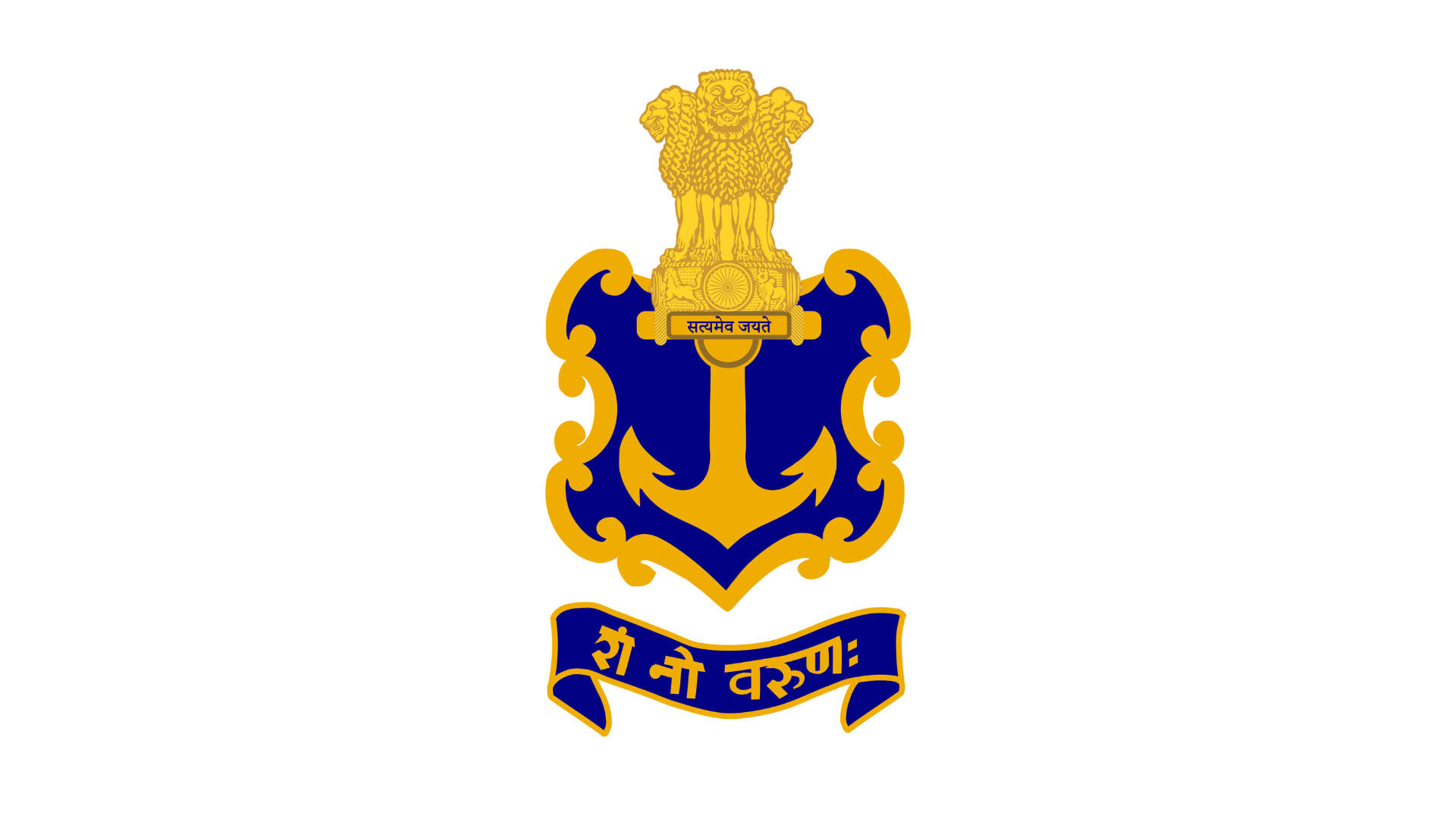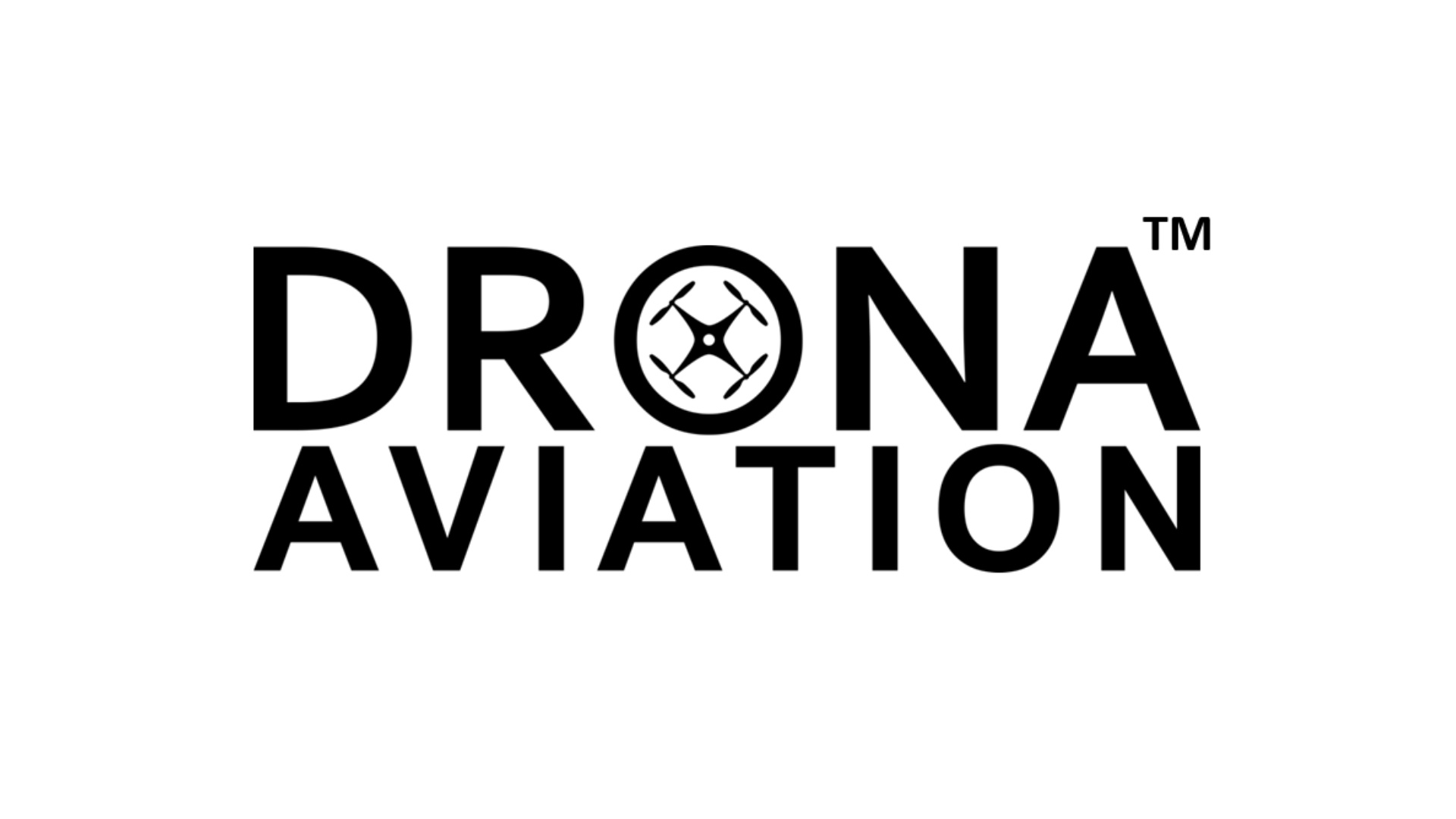2011: Inception
Team AUV-IITB was born in 2011 out of the efforts of a group of highly enthusiastic students who were passionate to explore the field of underwater robotics and autonomous systems.
2012: Matsya 1
Matsya 1 was the first AUV designed and built by our team with a goal to develop a state of the art AUV . It was the first AUV entered by our team in the Robosub competition. Matsya 1 was the lightest AUV in Robosub 2012
2016: Runners up at RoboSub
From 2015-2020, our team was the best performing Indian AUV team at every RoboSub. Our team were the runners-up at RoboSub 2016 among 46 teams from 9 different countries and the best performing Asian AUV team.
2017: First team to take 2 AUVs
Our team was among the finalists and ranked 7th at RoboSub 2017. Our team also became the first-ever to take 2 AUVs to one competition.
2017 & 2019: Dominance at NIOT SAVe
Our team bagged the first position at NIOT SAVe consecutively for 2 years in 2017 & 2019. NIOT Student Autonomous Vehicle is a competition with an aim to develop AUVs for a specified mission. We were also among the semifinalists at Robosub 2019
2020: A golden year
Our team ranked overall 7th at RoboSub and 3rd in the Video category. We were featured in Janes the world's most reputed defence journal. Invited to present a research paper in the prestigious International Conference INEST India 2020, INS Shivaji, Lonavala before the Chief of Navy and International marine specialists.
2021: Young Researcher Award by IEEE OES
Our team received the Young Researcher Award by IEEE OES. In RoboSub, we won prestigious awards in 3 out of the 4 categories. We secured 2nd rank in the Video category, 4th rank for TDR and 6th rank in the Website category.




